
Fat-Tailed Gerbil
Fat-Tailed Gerbil
Fat-Tailed Gerbil
The Fat-Tailed Gerbil is known for its distinctive thick tail and charmingly small size, fitting in the palm of a hand. Recently, it has also become available as a pet, and its docile nature makes it easy to keep. This article introduces the habitat, characteristics, and various charms of the Fat-Tailed Gerbil.
Fat-Tailed Gerbil Basic Infomation
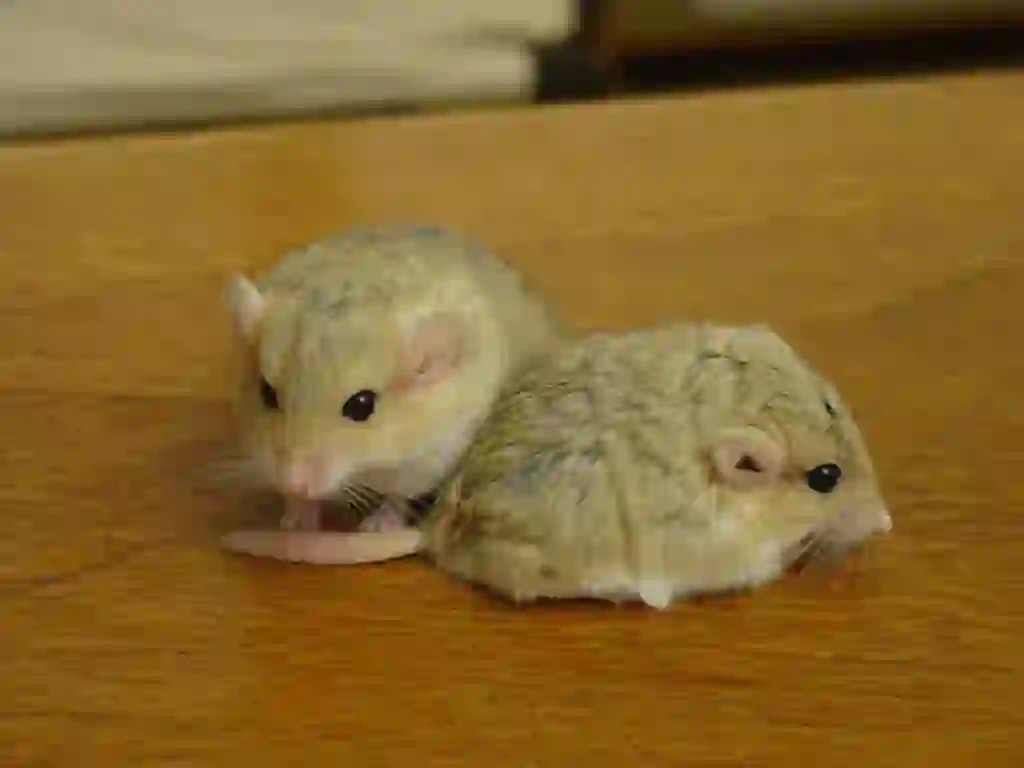
Class: Mammalia, Order: Rodentia, Subfamily: Gerbillinae, Genus: Pachyuromys
Body length: about 15-17 cm, Tail length: about 4-4.5 cm
The body fur of the Fat-Tailed Gerbil is brownish on the back and white on the belly.
The distinctive thick tail is almost hairless and smooth. The tail contains fat, and the health of the Fat-Tailed Gerbil can be assessed by the plumpness of its tail.
They are nocturnal and live in burrows they dig themselves in dry sandy areas, forming groups.
Fat-Tailed Gerbil Q&A

What is the origin of the name 'Fat-Tailed Gerbil'?
The name 'Fat-Tailed Gerbil' comes from its noticeably thick tail, which resembles a fat storage organ. The name in English, 'fat-tailed gerbil', directly describes its physical characteristic. Its scientific name is 'Pachyuromys duprasi'. The Fat-Tailed Gerbil is also known by other names such as 'Duprasi' and 'Macaroni Mouse'.
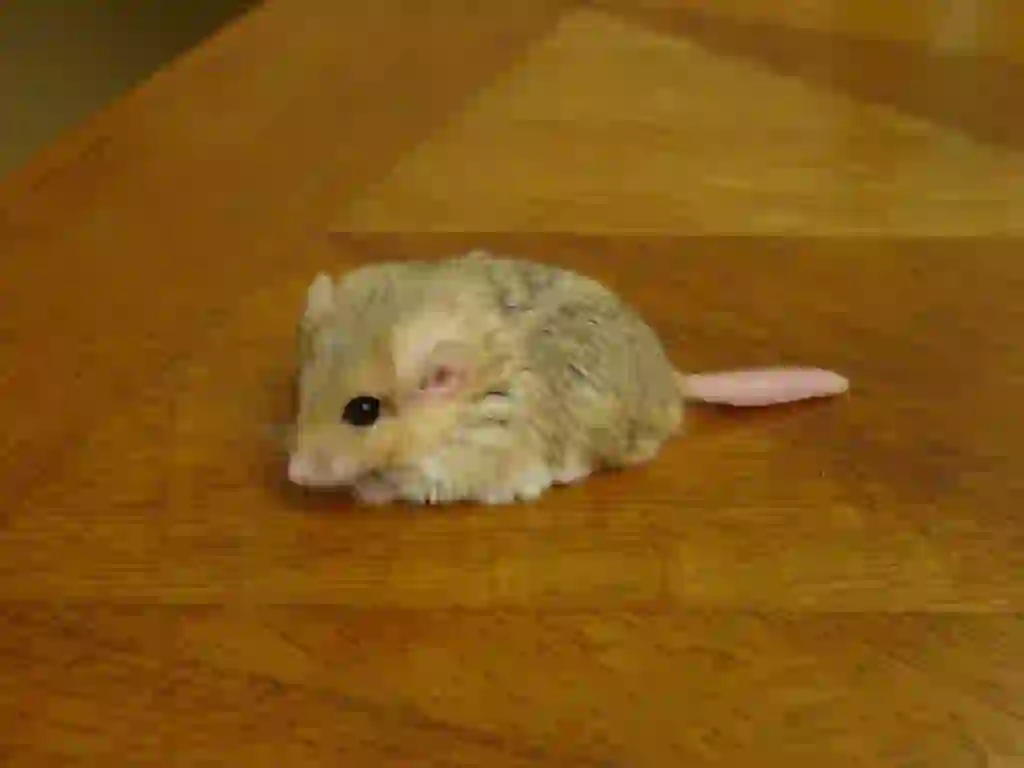
Why do Fat-Tailed Gerbils live there?
Fat-Tailed Gerbils primarily inhabit the Sahara Desert region, thriving in dry, sandy environments. They are found in countries like Iran and Syria, where they dig burrows in the sand to live. Being nocturnal, they are active at night.
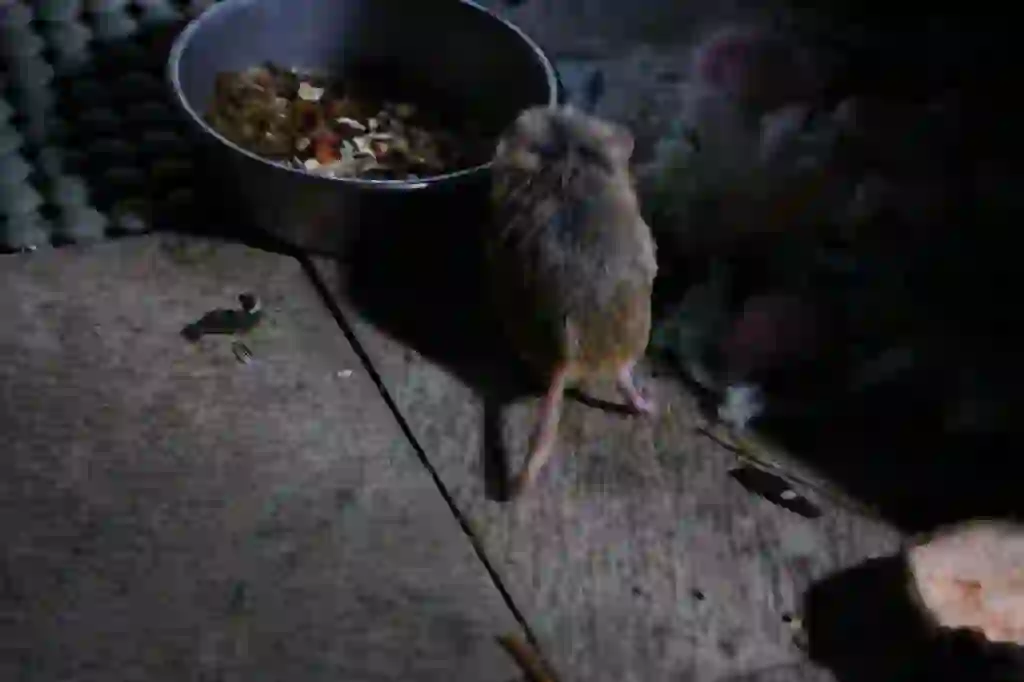
What do Fat-Tailed Gerbils eat?
Fat-Tailed Gerbils are omnivorous, eating insects, seeds, and vegetables. When kept as pets, they are fed rodent pellets and a mix of other foods as their main diet, with fruits like apples and vegetables such as cabbage and sweet potatoes as supplements. Offering insects once a week as a source of animal protein is beneficial, but care should be taken to provide only non-living insects to prevent the gerbil from developing aggressive behaviors.
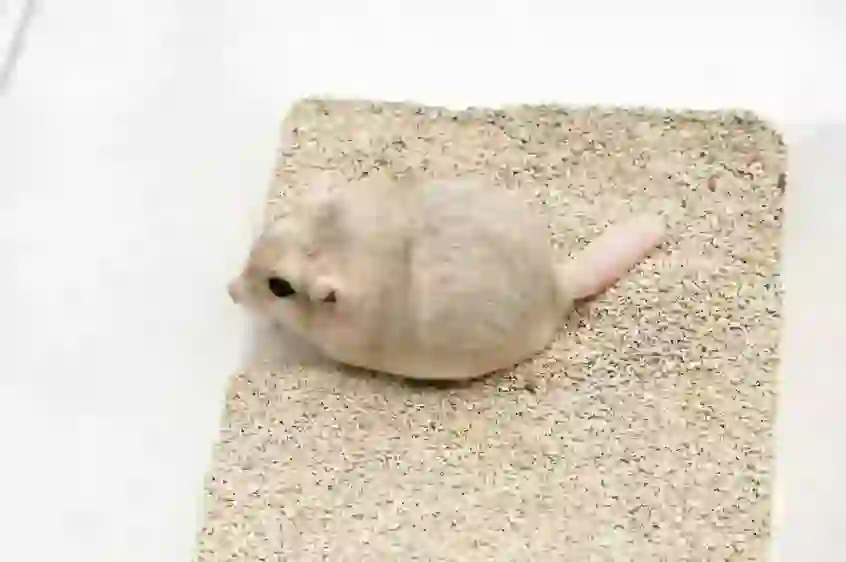
Does the Fat-Tailed Gerbil's tail serve as a health indicator?
Yes, the distinctive thick tail of the Fat-Tailed Gerbil serves as an indicator of health. The tail, which is hairless and pink, stores fat, and a well-rounded tail usually signifies good health. The tail starts to plump up as they mature and can become depleted during illness or after giving birth, making it an essential aspect to monitor in their care.

Is the Fat-Tailed Gerbil noisy?
Fat-Tailed Gerbils produce a whistle-like sound that is not very loud, making them less likely to cause noise-related disturbances. They typically whistle in response to disturbances or sounds in their environment, so it's important to keep them in a quiet setting to avoid stress.
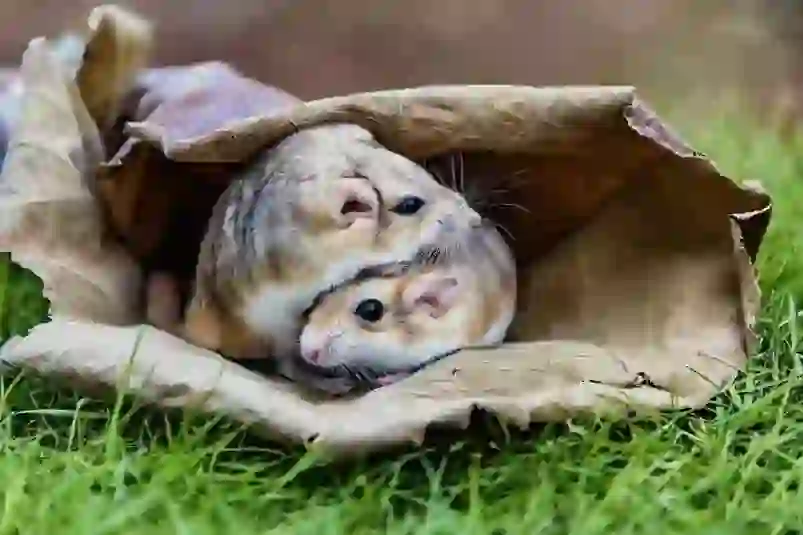
Does the Fat-Tailed Gerbil lack cheek pouches?
Unlike hamsters, Fat-Tailed Gerbils do not have cheek pouches and cannot store food in them. This means that excessive feeding can lead to digestive issues, so it's important to manage their diet carefully. Overfeeding seeds, which are high in fat, can lead to obesity.
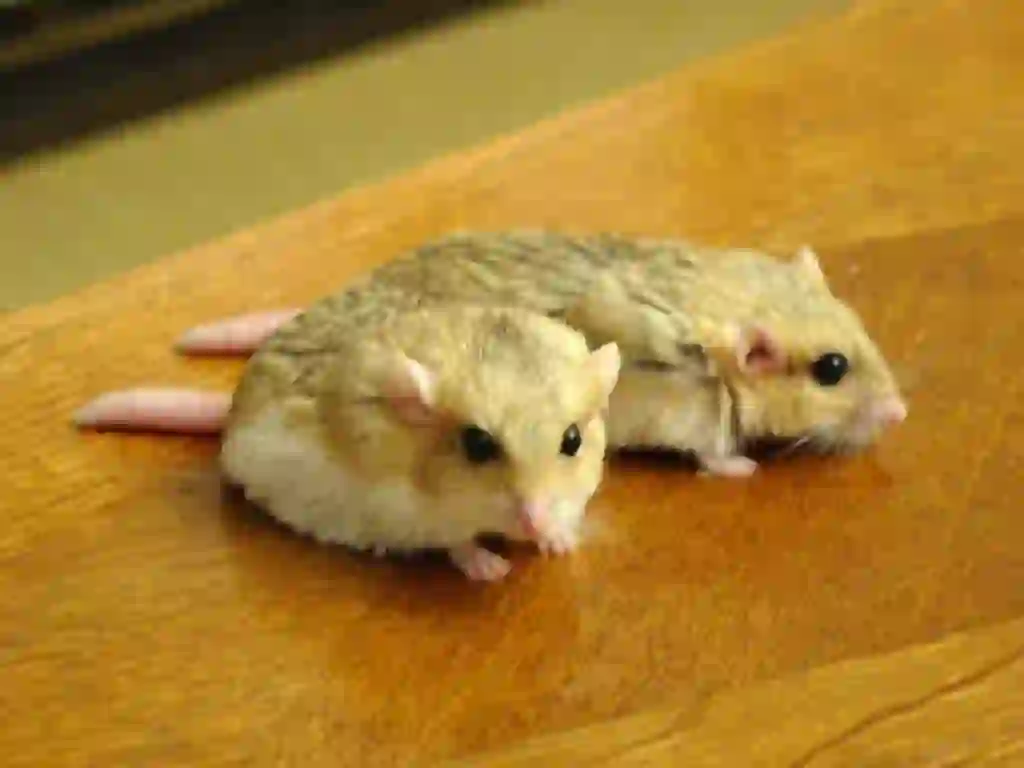
Is the Fat-Tailed Gerbil a rare animal?
Fat-Tailed Gerbils have only recently, in the 1990s, started to be traded as pets and are not commonly found. Their population in captivity is limited, making them a rare sight in pet shops where they are priced higher than more common rodents like hamsters or guinea pigs.
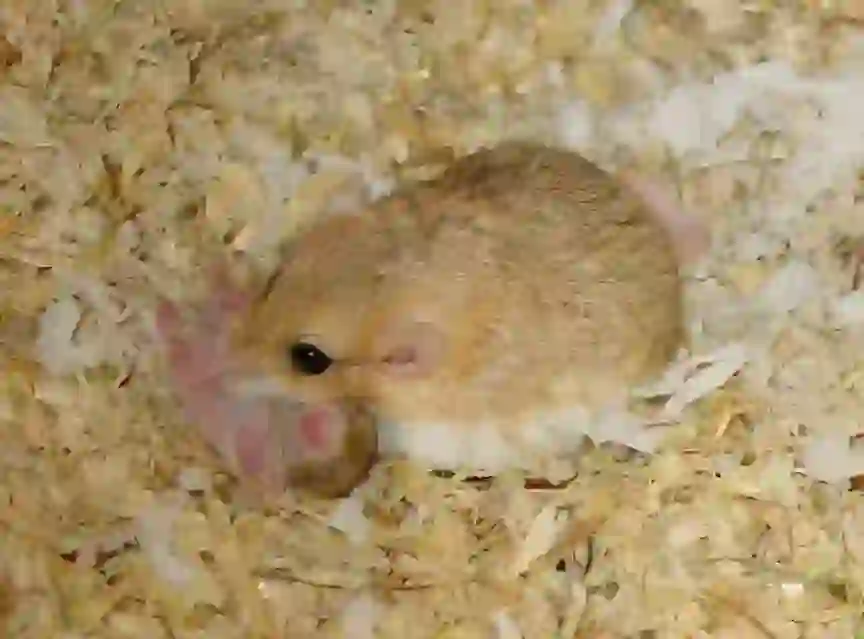
Can Fat-Tailed Gerbils be kept as pets?
Fat-Tailed Gerbils are considered beginner-level exotic pets due to their gentle nature. They are nocturnal and might be active at night on their exercise wheels, but they are not very noisy. They can learn to use a litter box if provided with a sand area, making them relatively easy to care for.
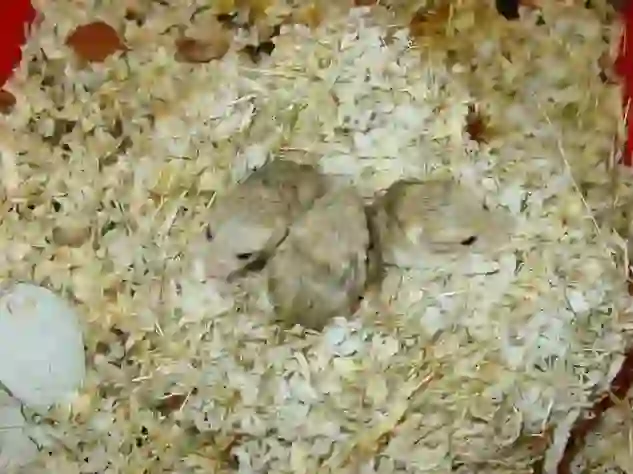
What are the personality traits of the Fat-Tailed Gerbil?
Fat-Tailed Gerbils are among the more docile of the rodent family, often remaining still when handled. They generally display low aggression towards humans but can react if fed live insects by biting. Their novelty as pets means that they may still exhibit some wild traits, so it's advisable to research their behaviors before acquiring one.

What are some considerations for keeping a Fat-Tailed Gerbil?
When keeping a Fat-Tailed Gerbil, ensure they are housed in a quiet, stress-free environment as they are sensitive to noise. They are also susceptible to extreme temperature changes, so their habitat's temperature should be carefully managed to avoid heat stress. They are prone to health issues like digestive and respiratory conditions, making clean, well-maintained living conditions essential.

Would you like to become a part of the 'Animalbook.jp'?
Turn your knowledge into Q&A and share it with the world. ※Publication will be activated after purchase. Let's share information together!
Fat-Tailed Gerbil Type of List
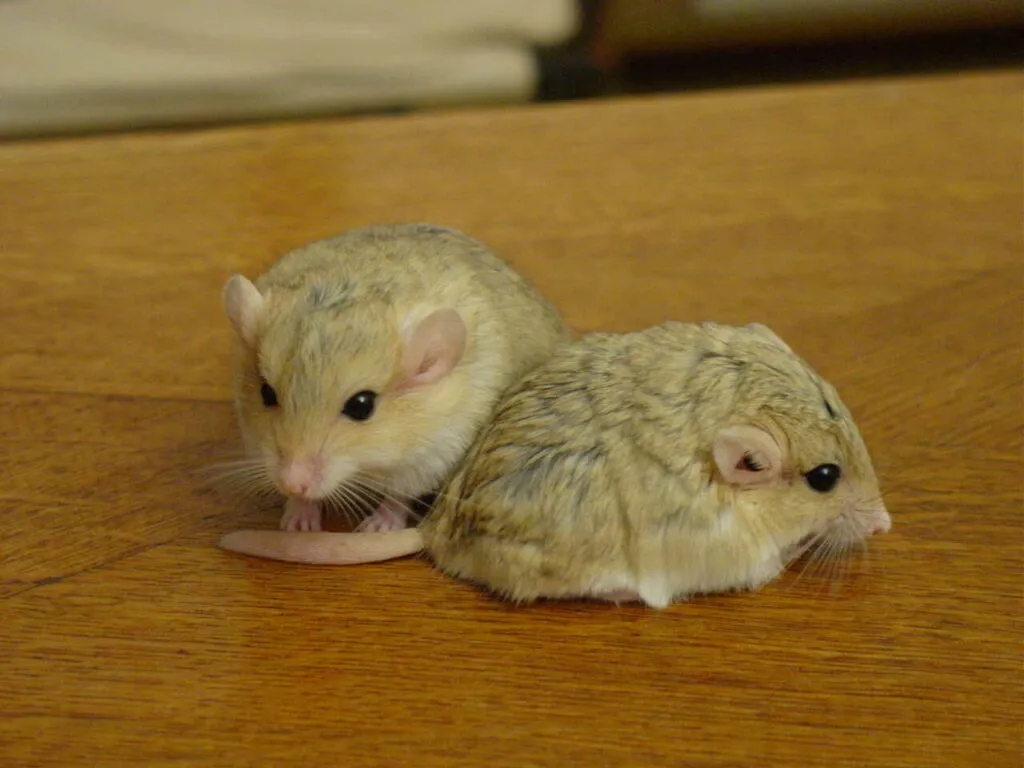
- Fat-Tailed Gerbil
Information
Congratulations! You are the first commenter!

Create Your Favorite List!
Fat-Tailed Gerbil
Save the animals you love! Build your own list to quickly revisit your favorites later.

Would you like to leave a comment?
※Please note: This is for the purchase of rights to post comments within the article.
Find Your Favorites!
Our shop offers a unique and attractive selection of goods themed around various animals.
Fat-Tailed Gerbil References

- ファットテール・ジャービル / 英名:fat tail / Duprasi (Pachyuromys duprasis) https://eol.org/pages/2848704/articles?locale_code=jp#:~:text=人気がある。-,ファットテール・ジャービル / 英名:fat tail / Duprasi,(Pachyuromys duprasis)
- ファットテイルジャービルはどんな生き物?価格や必要な飼育用品は? https://psnews.jp/small/p/53007/
- ファットテイルジャービル(オブトアレチネズミ) https://pets-kojima.com/library/zukan_small/detail/id=25016
- ファットテールジャービルの販売価格や飼育方法、繁殖について解説 https://pet-dictionary.net/archives/2066
- ファットテイルジャービルってどんな子?【性格・寿命・値段】 https://petr.jp/fat-tail-gerbil-6945
Fat-Tailed Gerbil Introduction of media used

Help Enrich Our Animalbook.jp with Your Media!
We are constantly looking to expand and enrich our Animalbook.jp with amazing photos and videos of animals. If you have any media that you'd like to share, please contribute and help us showcase the beauty and diversity of the animal kingdom. Your submissions will be credited and featured in our encyclopedia, reaching a wide audience of animal lovers.


















